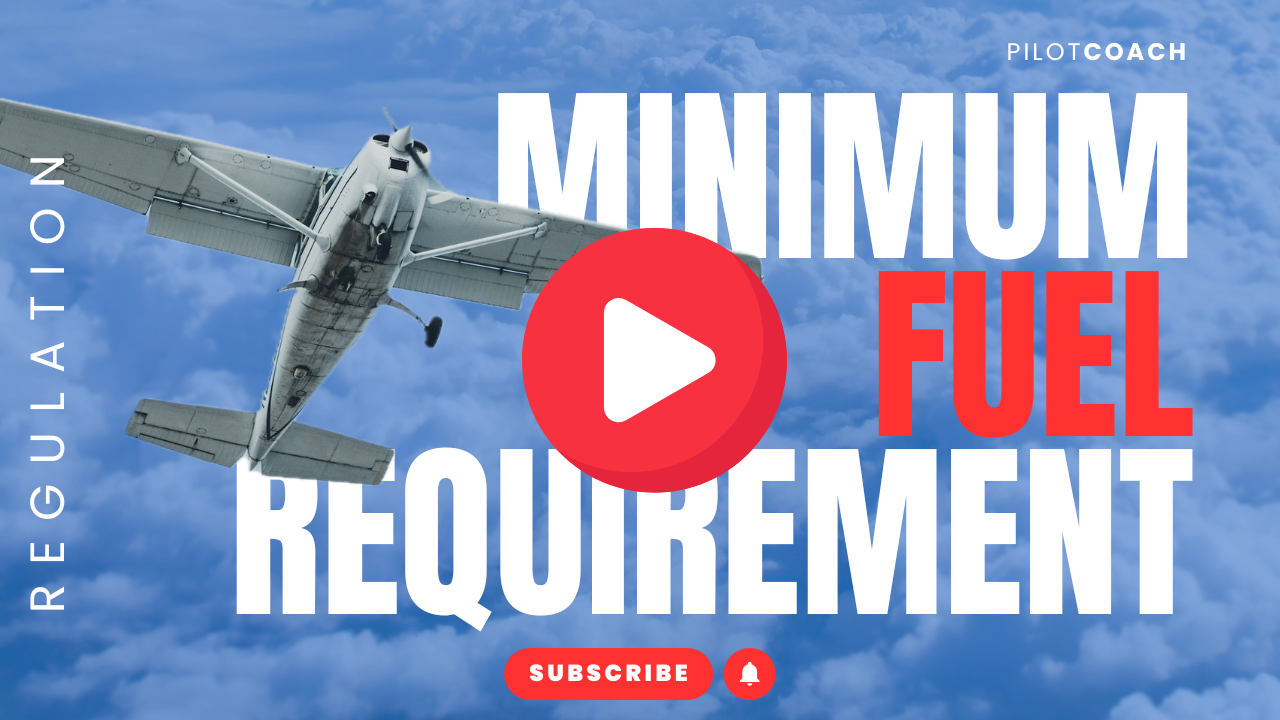Pass Your CFI Initial Checkride
Step confidently into your role as an aviation educator. This guide walks you through the entire Certified Flight Instructor (CFI) Initial checkride, so you can teach and lead with excellence from day one.
Pilot Coach Guide
What to Expect on the CFI Initial
The CFI Initial checkride is one of the most rigorous exams in aviation. Expect an extensive oral followed by a flight where you’ll demonstrate both flying skill and teaching ability.
The examiner will assess your mastery of the FOI and PTS/ACS standards, and your ability to teach, explain, and demonstrate concepts clearly and confidently. Here’s how to be prepared.
- FOI Mastery. Understand the Fundamentals of Instruction—learning theory, human behavior, risk management, and how to apply them in a teaching context.
- Oral Exam Prep. Teach and explain topics like aerodynamics, systems, regulations, maneuvers, endorsements, and more. The examiner won’t just ask, you’ll need to teach them.
- Flight Test with Teaching. You’ll perform and explain maneuvers like steep turns, stalls, and landings—teaching them as if the examiner is your student.
CFI Oral Exam
Expect the oral to last 4–6 hours, covering a wide range of topics from FOI to technical subject areas. Be prepared to teach and explain each one:
- Learning process & barriers to learning
- Flight maneuvers & common errors
- Aeromedical factors and risk management
- Endorsements and record keeping
- Lesson plans and instructional techniques
- Regulations (Part 61, 91, 141)
- Airspace, weather, and navigation
Scenario-Based Example:
You're preparing a student for their first solo. They consistently struggle with crosswind landings, but their confidence is high. What do you do? How do you approach the endorsement and instructional decision-making?

CFI Flight Portion
The practical test evaluates your ability to fly AND instruct simultaneously. You'll demonstrate and teach:
- Preflight briefings & student interaction
- Stalls, slow flight, steep turns, and emergency procedures
- Landings: normal, crosswind, short/soft field
- Navigation, diversion, and lost procedures
- Ground reference maneuvers
- Post-flight critique and instructional feedback
Scenario-Based Example:
During your checkride, the examiner asks you to demonstrate and teach a power-off stall. Midway through, they simulate a student making a dangerous control input. How do you handle the situation and use it as a teaching moment?
